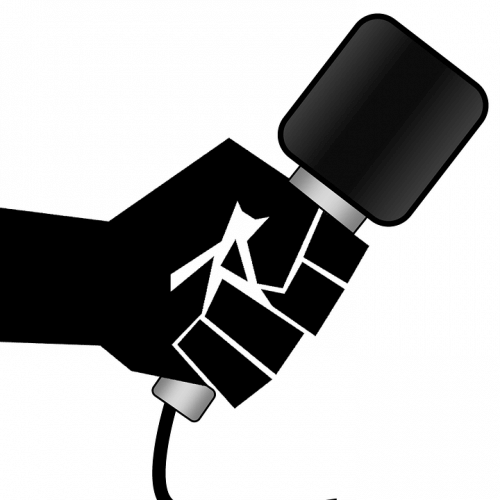Lights, camera action – how to prepare for a broadcast interview
The Holy Grail of many PR campaigns is getting onto TV or radio. Even in the digital age, broadcast media still has the gravitas and power to reach a mass audience making it a really effective way to get your messages across.
So how do you make sure that you maximise the opportunity to communicate with millions of people?
The following top 10 tips will help you avoid the pitfalls many inexperienced interviewees fall into when appearing on TV and radio.
Pre-interview
- Before you commit to the interview establish which station is requesting it, and it will give you an idea of their likely editorial style.
- Ask what the reporter what the story is about and what the likely questions will be. Repeat them back to the reporter so you’ll have a clear idea of what you’ll be asked and whether you’re confident you’re the right person to answer these questions.
- Don’t be afraid to say “no” to a media request. If you feel you are not the best source for a story or are uncomfortable with the content or direction of the piece as described by the reporter, simply say so and thank them for thinking of your organisation.
- If you decide to go ahead, find out if the interview will be live or recorded for later broadcast. If it’s live you really have to be on the ball. If it’s going to be recorded you can ask the reporter if you can repeat or add to your answer during the interview. However, remember they can edit anything that you say at their leisure.
- Prepare for your interview by developing the essential points you want to get across and write them down. Referring to them will help you stay on message. Work out what the likely questions will be. You should be able to anticipate 85% of the questions and prepare concise answers.
In the interview
- Remember the camera and microphone can be on several seconds before the interview starts, so be in place and relaxed before the interview gets going.
- Keep eye contact and focus on the person asking the questions and not on the camera. If you’re eyes are darting around it will make you look uneasy. A steady gaze translates as trustworthy.
- If it’s an interview about a serious subject wear a dark suit. If it’s more light-hearted you can wear an open-necked shirt or blouse. It can get very warm in a TV studio so leave your jacket on to avoid unsightly perspiration patches. Guys – whatever you do, don’t wear a comedy tie even if your wife or girlfriend bought it for you, it will undermine you credibility in an instant.
- Keep your answers short and to the point – this is where your preparation is vital. You have just a few seconds to tell your story. Studies have found that the average TV sound bite is around seven seconds long. Practice with a stopwatch in front of your bathroom mirror. By practicing out loud you can get rid of audible pauses such as “um, “like” and “you know.”
- Finally turn-off mobiles, spit out the gum, remove coins from pockets, don’t hold a pen and ask the technician to turn off the TV set by the camera so you’re not tempted to see how you look during the interview. Also, avoid chairs that swivel and rock. They are too tempting, especially when you get nervous.
These tips will help you make the most of the opportunity. But if you really want to prepare thoroughly it’s worth investing in some media training. Here at Pelican we have many years’ of expertise helping clients prepare for broadcast interviews. So if you want some professional help contact our expert team on 01457 820807.
Pelican Communications are specialists in the environment, food and drink, outdoor and leisure and packaging sectors and offer a range of services such as media relations, brand management, event management and people development. Contact us for marketing and communications expertise.
